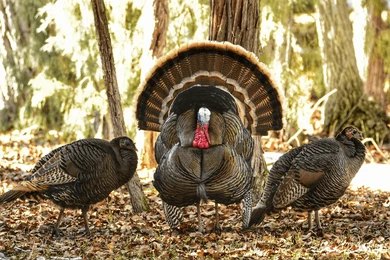As the sun rises over the horizon, the woods come alive with the sounds of nature, stirring excitement in both novice and seasoned hunters alike. Turkey hunting is not merely a recreational pursuit; it’s an age-old tradition that requires skill, patience, and an understanding of wild turkey behavior.
For beginners, diving into this exhilarating outdoor activity can feel daunting without guidance. Familiarizing oneself with the distinct behaviors of wild turkeys, differentiating between male (toms) and female (hens), and acquiring the right gear are crucial steps toward success. With the right knowledge and equipment, any aspiring hunter can enhance their experience and increase their chances of a successful hunt.
This comprehensive guide will walk you through everything you need to know, from essential gear and effective hunting techniques to expert tips for maximizing your chances in the field. Get ready to embark on an unforgettable journey into the world of turkey hunting, where patience and preparation pave the way for triumph.
Understanding Wild Turkey Behavior
Understanding wild turkey behavior is crucial for successful turkey hunting. Their exceptional eyesight allows them to spot threats from afar, making stealth and camouflage key for hunters. Wild turkeys exhibit varying behaviors, with males, or toms, forming bachelor groups in autumn. In this season, they are more likely to respond to male turkey calls over female calls. However, this changes in the spring, where toms are vocal and displaying mating plumage, but may also become silent gobblers at times, requiring hunters to adapt their tactics.
During their morning hunts, turkey hunters should note that turkeys have a reluctance to cross barriers such as streams and fences, influencing how they approach calls. The terrain, with its potential changes caused by ecological events like tree falls, can shift turkey movement and preferred strutting zones. For observing turkey hunters, this behavior showcases the need to understand their quarry’s preferences and movements intimately.
| Fact | Hunting Implication |
|---|---|
| Exceptional eyesight | Use concealment effectively |
| Seasonal group behavior | Utilize appropriate calls |
| Response to barriers | Call placement strategy |
| Terrain influence | Scout changes in the area |
In summary, for those venturing onto public land or private land seeking spring gobblers, knowledge of turkey behavior can make the difference between a frustrating trip and a successful hunt.
Identifying Male (Toms) and Female (Hens)
Identifying Male (Toms) and Female (Hens)
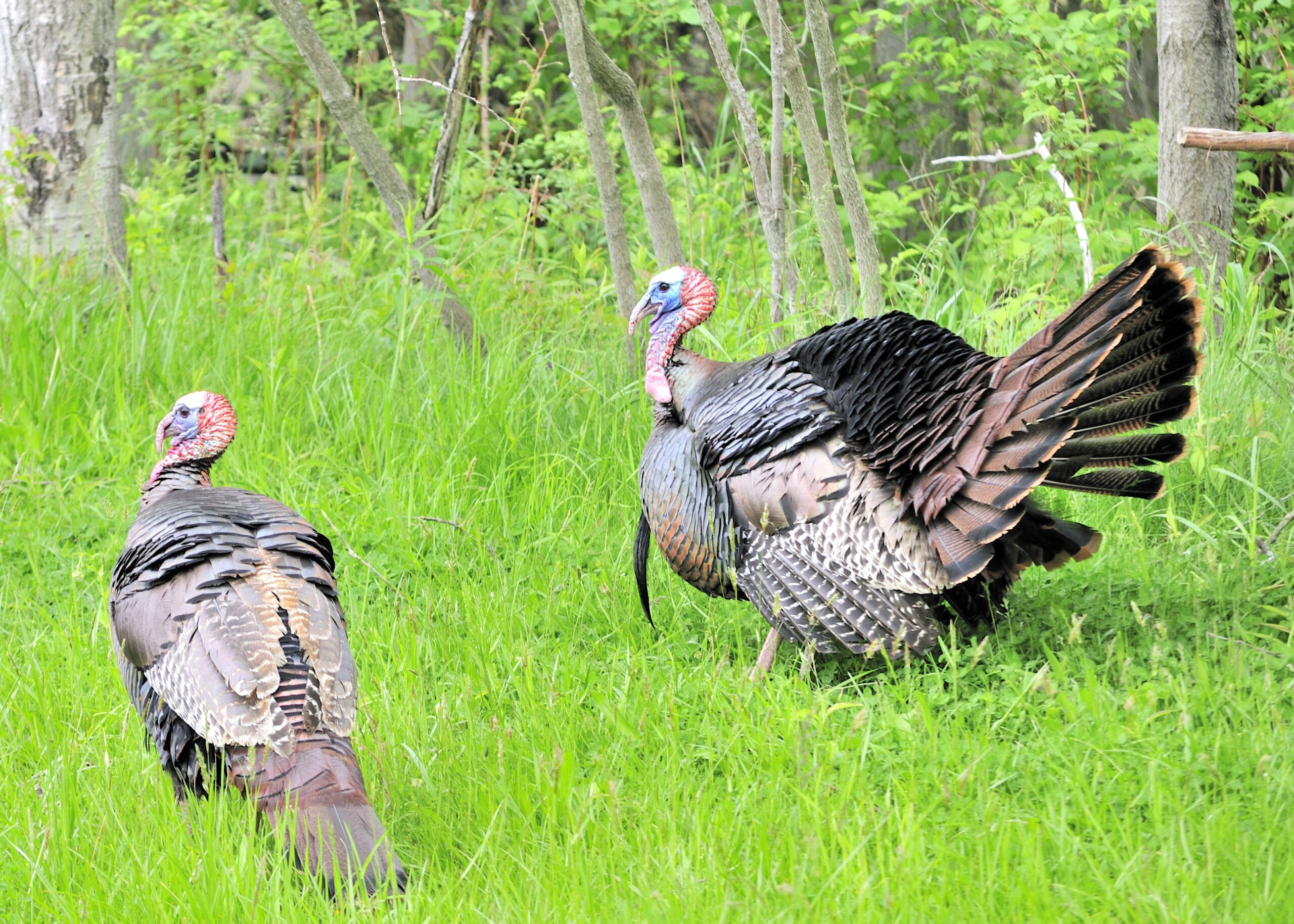
When setting out on turkey hunting trips, distinguishing between male turkeys (toms or gobblers) and female turkeys (hens) is essential for turkey hunters. Tom turkeys are larger in stature with vibrant head colors – showcasing bright red and blue shades, while hens have a more subdued grayish blue head. A standout feature of a tom is the beard, a cluster of feathers hanging from the chest, though be aware that a small number of hens may also have them.
As for behavior, toms are the performers of the turkey world. They exhibit impressive displays of strutting – spreading their tail feathers and puffing up to appear larger. These displays are a vital visual cue for hunters. Additionally, toms have spurs on their legs; these sharp, thorn-like projections are generally absent in hens. Taking note of these features can aid hunters in accurately identifying their target in the field.
Here’s a quick reference guide:
| Male Turkeys (Toms/Gobblers) | Female Turkeys (Hens) |
|---|---|
| Bright red and blue head | Grayish blue head |
| Larger size, up to 20 pounds | Smaller size, up to 12 pounds |
| Beard on breast | Rarely have a beard |
| Spur on legs | Typically no spurs |
| Strutting behavior | Less ostentatious |
By observing these distinguishing characteristics, hunters can make informed decisions and ensure ethical hunting practices.
Essential Gear for Turkey Hunting
In pursuit of spring gobblers, having the right equipment can make all the difference between a successful hunt and a learning experience. As turkey hunters step into the woods, a few key pieces of gear are indispensable.
At the cornerstone of turkey hunting gear is the shotgun. Optimally, this should be a 12-gauge with the capability to shoot magnum shells filled with copper-plated No. 4, 5, or 6 lead pellets. A tightly choked shotgun ensures a dense pattern, crucial for a humane and effective shot. High-density, non-toxic shot materials such as Tungsten Super Shot (TSS) have gained favor for their ability to increase the effective range at which a turkey can be taken down, though they come at a higher cost.
Turkey calls and decoys play a substantial role as well, significantly increasing the probability of luring a turkey into the shooting range. For novices, it’s recommended to begin with one quality call, mastering the basic sounds—cluck, purr, putt, and yelp—before progressing to complex calling patterns.
In addition to the primary gear, supplementary tools can enhance the hunting experience. High-end binoculars make spotting distant toms easier, while mapping apps help navigate public lands and track roosted birds. It’s also wise to pack a first aid kit in case of emergencies. These tools cater to various needs and can sharpen the overall hunting strategy.
Shotguns: Types and Recommendations

Within the realm of turkey hunting, the 12-gauge shotgun is the classic choice. Loaded with either lead or TSS shot, it packs the power to ethically harvest a turkey at a respectable range. Hunters who prefer lighter firearms or hunt at closer ranges may opt for a 20 gauge, which also can be deadly in proficient hands.
Regardless of gauge, the effectiveness of a shotgun hinges on the choke. A modified or tighter choke tube is essential for concentrating the shot pattern. Before heading into the field, pattern your shotgun with the ammunition of your choice to understand its performance at various ranges and ensure the best shot placement.
While traditional lead shot is effective, many hunters favor non-toxic TSS for its denser patterns and longer effective range. If opting for TSS, pairing it with the right choke is critical to fully realize its potential.
Specialized turkey hunting shotguns may include features such as optic mounts for improved aim or camouflage finishes for better concealment. Always remember that confidence in your shotgun and your shot count. After all, good shot placement is paramount, and knowing your shotgun’s capabilities can greatly influence your success.
Camouflage Clothing: Importance and Choices
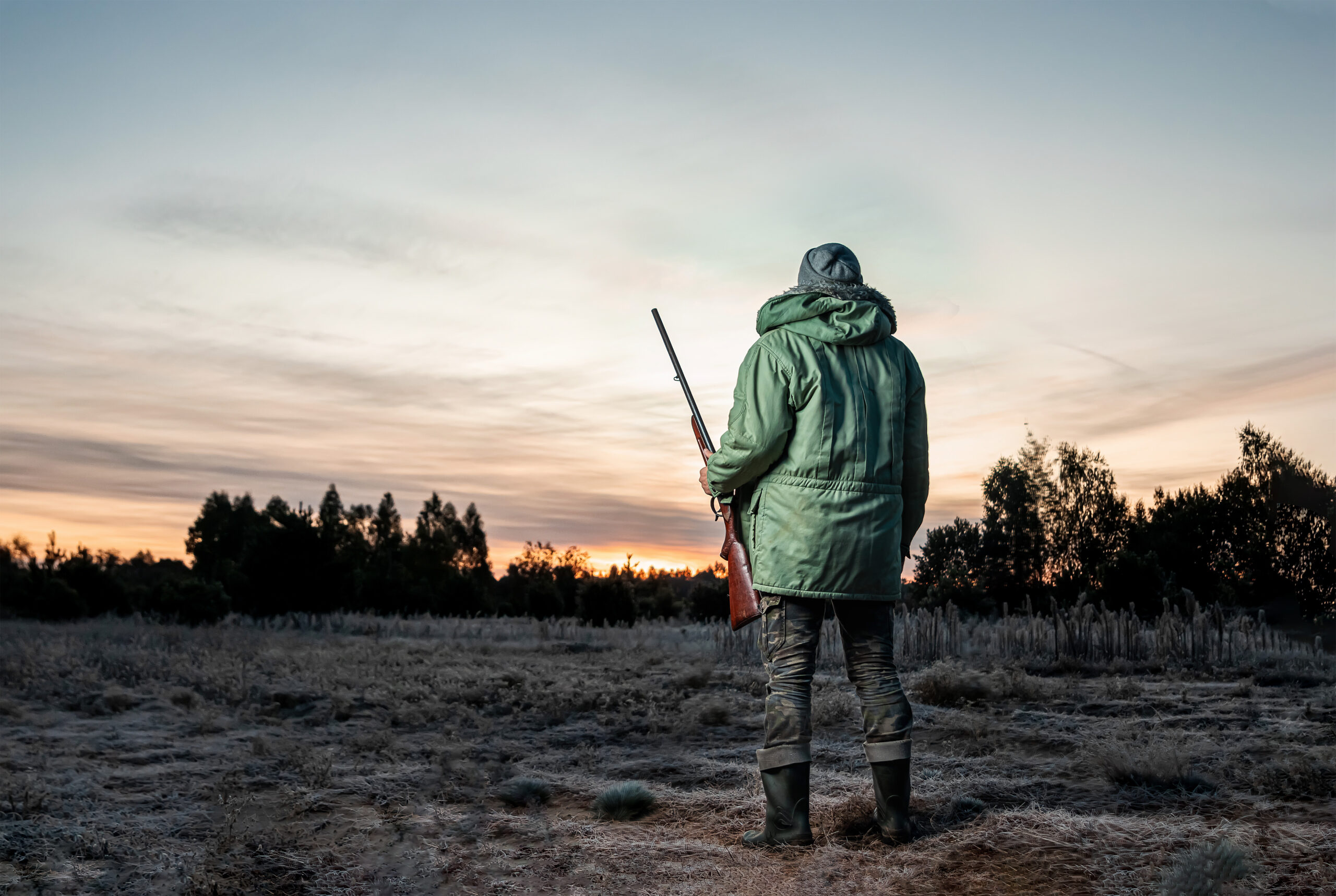
When hunting the vigilant wild turkey, your success can often depend on remaining unseen. Camouflage clothing that effectively disrupts the human outline is non-negotiable, for turkeys can spot the slightest discrepancy in their environment.
An effective turkey hunting attire includes camo jackets, pants, hats, gloves, and face masks that leave only the eyes exposed. It’s important to coordinate the camouflage with the environment. In the spring, clothing patterns should ideally integrate a mix of drab browns and fresh greens to blend with the season’s landscape.
Brands like Mossy Oak specialize in creating camo patterns suited for turkey hunting, offering a blend that melds with the spring foliage. To minimize the risk of tick-borne illnesses, treating clothing with permethrin adds a layer of protection and can be applied to all worn layers.
Decoys: Types and Proper Use
Decoys are an invaluable element in the turkey hunter’s arsenal. They create visual attraction that can be the difference in tricking a paranoid gobbler into range. Full-strut gobbler decoys and more subtle hen and jake decoys mimic real turkeys, enticing dominant birds looking to confront a rival or mate.
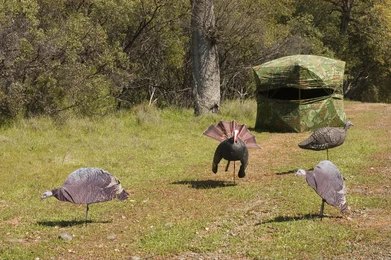
Using decoys to your advantage requires strategic placement and timing. Early morning hunts are ideal for deploying decoys, as turkeys are more active and aggressive during this time. A pair of decoys is often employed—a jake in a quarter-strut pose alongside a feeding hen can appear as an invitation for a dominant gobbler to assert itself.
Brands such as Avian-X and Dave Smith Decoys offer high-quality, realistic options that can work so well it becomes possible to even bow hunt over them, foregoing the need for a ground blind. However, it’s advisable to position these decoys within the effective range of your shotgun, ensuring that once a turkey commits to the setup, a clean shot is ensured. Remember, all the strategy in the world can’t compensate for decoys that aren’t seen, so placement is paramount.
Effective Hunting Techniques
Turkey hunting requires a blend of early preparation, strategic positioning, and the use of natural landscape features to enhance the likelihood of success. Arriving at your chosen hunting spot approximately 30 minutes before daylight offers a distinct advantage. It allows you time to quietly settle in and observe as turkeys begin their daily routine with the break of dawn. Observing undisturbed turkeys can provide valuable insight into their natural behaviors and movement patterns.
In the evening, turkey hunting can be equally effective. This is when turkeys start returning to their roosting sites. By positioning yourself along known travel routes, you can intercept these birds as they regroup, providing you with a prime hunting opportunity.
Selecting a substantial tree to lean against is an alternative to using a ground blind, ensuring you’re well camouflaged and stable for when the critical moment arises. Besides concealment, leaning against a tree adds comfort to your wait, which can sometimes be protracted.
Using the terrain to your advantage is another crucial technique. For instance, setting up on or just below the crest of a hill can enable you to approach gobblers with stealth. Moreover, it can significantly extend the reach of your calls, pulling gobblers into shotgun range without them realizing your proximity.
Lastly, understanding and targeting turkey roost sites can be particularly effective. Roost sites are areas where turkeys congregate at dusk before settling in for the night. Knowing these locations allows for strategic setups in the evening or for the next morning’s hunt, increasing the success of your endeavors.
Run-and-Gun Method: How It Works
The run-and-gun method is an aggressive and mobile approach to turkey hunting. It requires you to cover ground until you hear a gobbling turkey. Once you’ve located a bird or heard its call, use terrain features such as a ridge or the break of a hill to approach stealthily within approximately 100 yards. It’s essential to close in on the bird without being detected, so natural barriers, like a hill’s crest, are your best friends here, keeping you out of the turkey’s line of sight.
Once you’ve gotten close, set up quickly and make your initial calls. The key is to mimic the turkey’s natural urgency without overdoing it. If executed correctly, especially in rolling, wooded terrain, this technique can surprise a gobbler, prompting it to come to check out the source of the calls.
Successful run-and-gun hunting requires extensive pre-hunt scouting to know the lay of the land and where gobblers like to frequent. When a turkey responds to your calls, you must be prepared to be patient yet ready to take a clear shot as the bird comes into view.
Utilizing Ground Blinds: Setup and Benefits
Ground blinds are a mainstay for turkey hunters, particularly during mid-season when turkeys become henned up and less responsive to calls. A well-placed ground blind allows for a greater range of movement, including bow drawing, without alarming cautious birds.
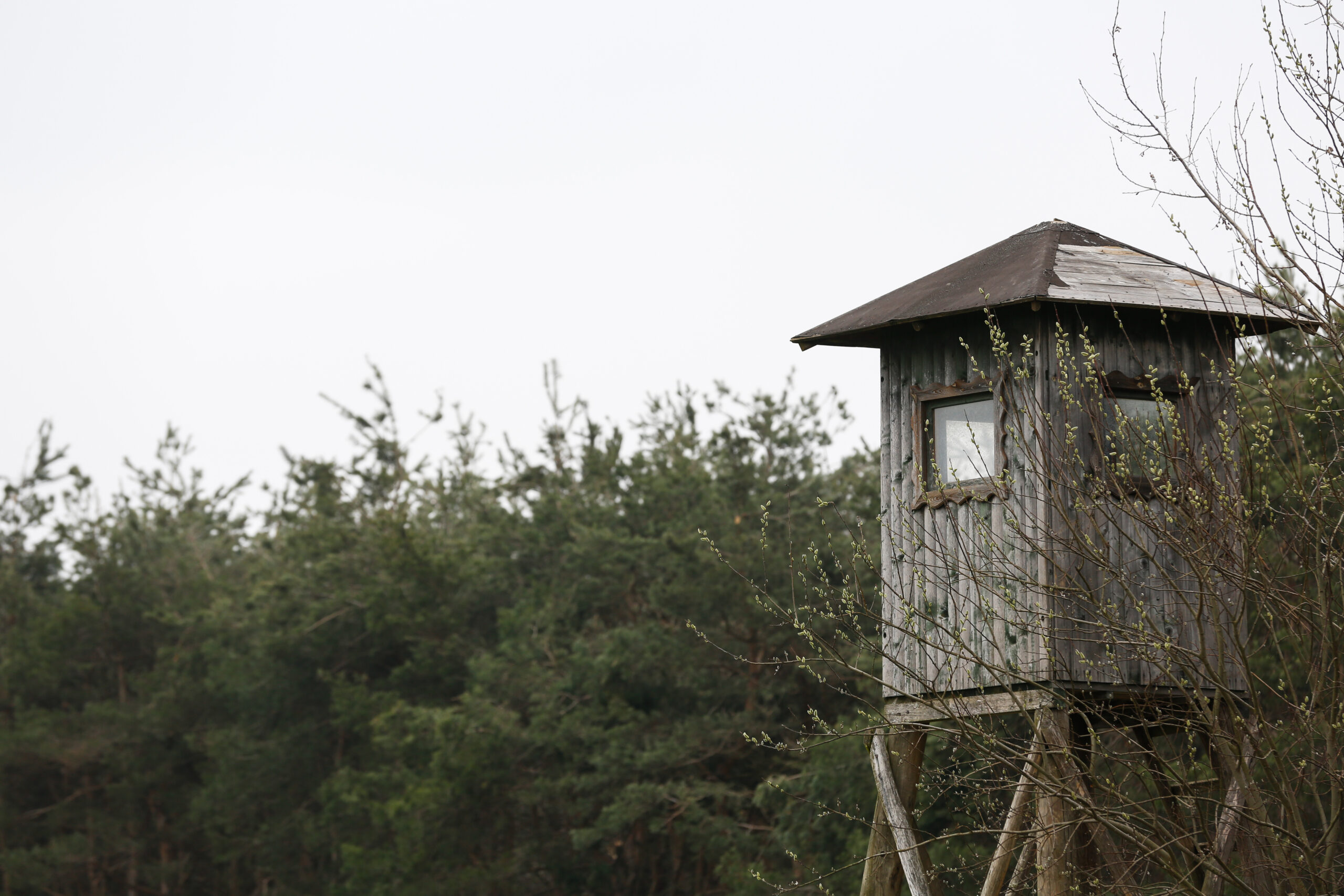
When choosing a blind, consider the hunting surroundings. Setting up a blind along the edges of fields or open areas can be advantageous for both visibility and accurate distance judgment. Fully enclosed blinds further enhance concealment, letting hunters wait out their quarry without revealing their presence.
One critical aspect of using a ground blind is getting accustomed to the space you have. Before an actual hunt, practice drawing your bow within the blind to make sure you can perform unobstructed, safe, and comfortable shots when the moment of truth arrives.
The Art of Calling and Decoying
Mastering the art of calling and the strategic use of decoys can elevate a novice to proficient turkey hunter status. An adept caller, armed with a variety of calls like pot, box and mouth calls, can often mimic the various sounds needed to attract turkeys. Different days and different birds may require different calling strategies, so having an array of calls at your disposal increases your flexibility and chances of a response.
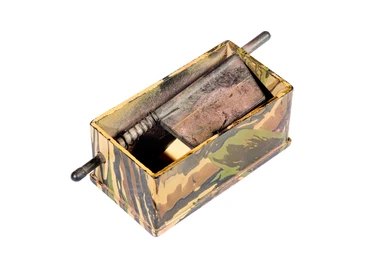
Decoying requires a tactical approach. Setting up a decoy at a 45-degree angle to the anticipated approach of a gobbler helps to present the most visible and enticing aspect of the decoy. Additionally, when pursuing aggressive gobblers, moving slowly while maintaining cover behind the decoy can be key to closing the distance without detection.
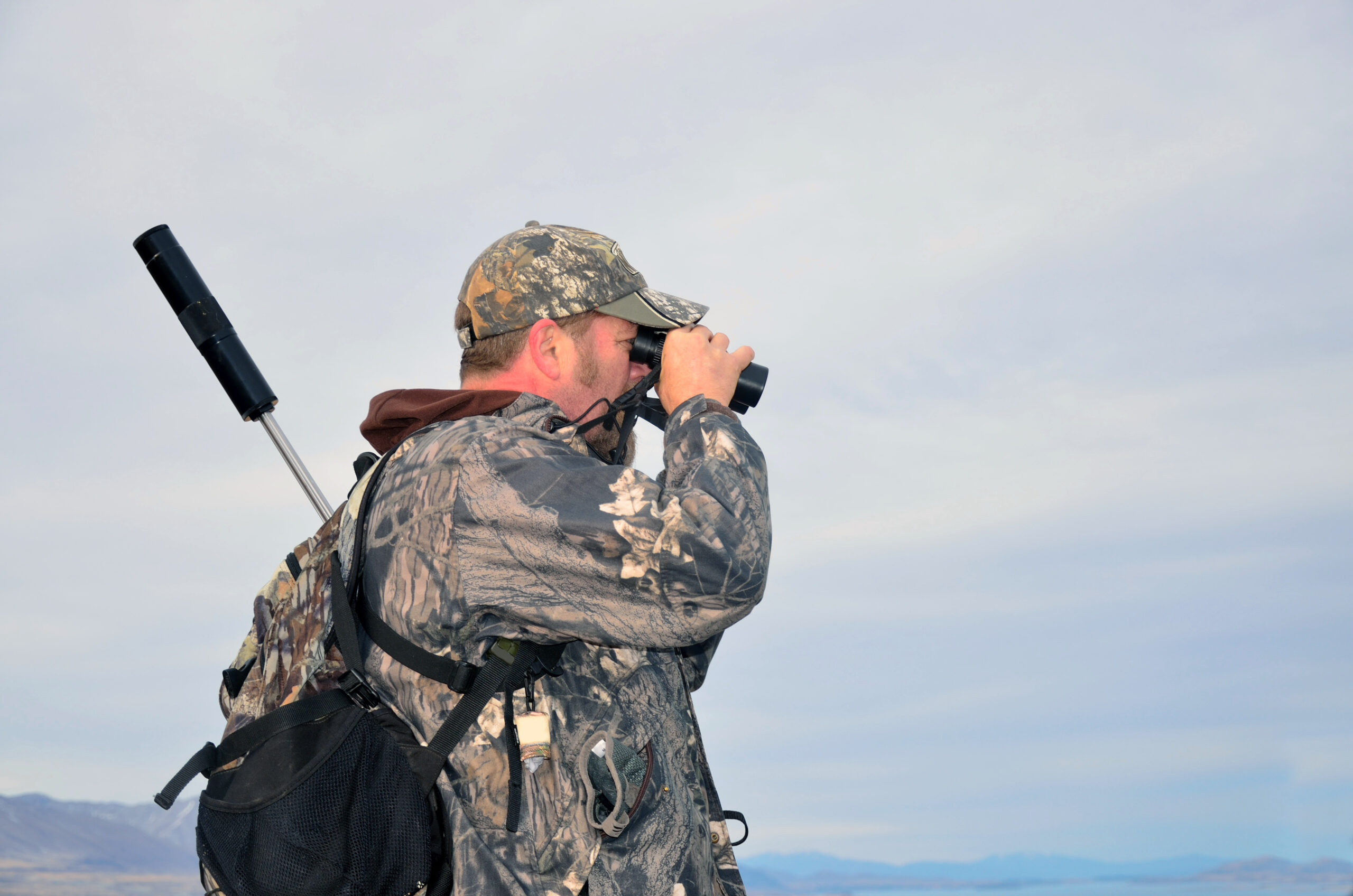
For the early season, binoculars and spotting scopes are invaluable tools. They can help to identify roosts and turkey movements from a distance before foliage hinders visibility, allowing for careful planning and positioning before calling or deploying decoys. With practice, patience, and proper use of these tools, you’ll find that calling and decoying can be a thrilling and effective dimension of turkey hunting.
Mastering Advanced Hunting Tactics
Turkey hunting is a rich tradition that combines skill, patience, and an understanding of the wild turkey’s behavior. With modern advancements in hunting gear such as more realistic turkey decoys and more effective ground blinds, hunters are achieving greater success rates than in the past. But it is not just about the equipment; it’s about knowing how to use these tools to your advantage along with advanced tactics.
One such tactic involves hunting near roost sites in the evening. Turkeys often seek out large trees with dense foliage to roost safely away from predators. By scouting these locations and understanding the travel routes turkeys may take to feeding areas, a hunter can be strategically poised for success. Utilizing different calls, like a crow or coyote call, especially during dusk, can induce a gobble from a tom, revealing its position before settling in for the night.
Arriving early at your chosen hunting spot is another critical component—the earlier, the better, ideally at least 30 minutes before dawn. This allows you to settle in and be ready to listen for the first sounds turkeys make in the morning, granting you the element of surprise.
Roosting Turkeys: Benefits and Techniques
Roosting turkeys present unique opportunities for hunters aware of the birds’ preferences and behaviors. For instance, Merriam’s turkeys often roost on ridgelines or contour breaks, minimizing their need to expend energy flying uphill. Hunters can observe these behaviors and choose advantageous positions for hunting. An effective technique to identify a roost site is to listen for the heavy wing flaps as turkeys take to the trees at dusk.
For those looking to roost turkeys the night before a hunt, employing a crow or owl call can elicit a shock gobble from toms, pinpointing their spot for the next day’s early morning hunt. Scouting these sites in advance helps hunters set up blinds strategically, vastly improving chances for a hunt. Evening hunts can differ greatly from morning hunts, and calls during this time should be softer, mimicking the sound of turkeys getting ready to roost.
Adjusting Your Calling Cadence
A critical part of turkey hunting is the ability to call effectively. Making adjustments to the calls can enhance their sound and appeal to turkeys. Trimming the tape skirt of a diaphragm call, for instance, improves the air seal and produces better yelps. Regular maintenance of your calls, such as chalking a box call, ensures the clarity of each cluck, purr, or yelp.
In the fall season, imitating a lone tom using longer, raspy yelps in a specific sequence might be the winning strategy. However, variety is the spice of life and turkey calling alike. It’s crucial to bring at least three different types of calls into the field and cycle through them, as varied approaches can be the key to a response from that silent gobbler or group of dominant birds. Each day and each bird could require a subtle twist in cadence, volume, or type of call to seal the deal.
Turkey hunting is as much about innovation and adaptation as it is about tradition. With these advanced tactics and a willingness to respond dynamically to on-ground situations, hunters can make the most of their time in the woods and increase their chances of harvesting a spring or fall gobbler.
Optimal Timing and Positioning
Understanding the best moments for wild turkey encounters and where to position yourself are key components to a successful turkey hunt. While these birds move sporadically throughout the day, particular times offer higher probabilities for activity.
Best Times to Hunt Turkeys
The predawn hours are a magical time for turkey hunters. With the woods waking up, you’ll find that gobblers frequently announce their presence from the roost. Positioning yourself within hearing distance without disturbing the birds can lead to an exciting dawn hunt as turkeys descend from their roosts.
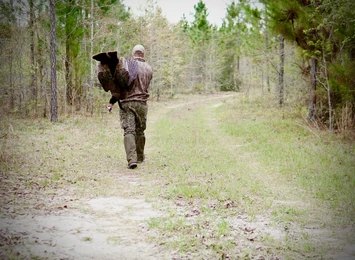
The late morning, typically from 9 AM to noon, is also a fruitful period. Turkeys are often on the move, making it excellent for hunters to intercept them. Don’t overlook the late afternoon, especially in the hours preceding dusk. Birds start to become active again as they prepare to roost for the night. Taking advantage of these windows and aligning your hunts with turkey activity can exponentially increase your shot count.
Scouting Your Area: Strategies for Success
By understanding the landscape and turkey patterns, successful hunting trips become more predictable. Key to this is targeting potential roost sites where birds gather at night. Structures such as large trees with dense foliage are favored by turkeys seeking protection. Identifying travel routes and feeding areas close to these roost sites enables hunters to anticipate where turkeys will be at different times of the day.
For those hunting public land, it’s imperative to scout for signs of other turkey hunters. Look for fresh boot tracks and parked vehicles to discern the pressure in the area and adjust your hunting spots accordingly. Agricultural fields, an attraction for turkeys, are also prime scouting areas. Utilizing calls—such as crow or coyote calls—can shock gobblers into revealing their positions, further informing your hunting strategy.
The Importance of Patience in Hunting
When peel back the layers of turkey hunting, patience emerges as a cornerstone for success. Particularly when hunting Eastern turkeys, the mid-afternoon calls for a passive approach. Settling into your ground blind or tree stand, minimizing movement and maintaining stealth are necessary as you wait for the turkeys to move into range.
Having patience stems from experience. The more time you spend in the woods, the better you can judge the activity patterns of these birds and position yourself for success. Bow hunters especially know this well, as the nature of their equipment demands that birds come in closer and commit to the decoys and the set-up. Resisting the urge to move too quickly allows hunters to give their strategies the time they need to prove effective. This collected approach to turkey hunting can make the difference between a successful harvest and a day spent in quiet anticipation.
Integrating Expert Tips from Seasoned Hunters
Expert turkey hunters know that strategy is everything when it comes to a successful spring turkey hunt. One crucial tip is understanding the roosting habits of wild turkeys. Knowing the location of a turkey’s roost site allows a hunter to set up silently in the morning or evening, without spooking the birds and sabotaging the hunt.
Here’s how to integrate pro tips into your turkey hunting strategy:
- Avoid Overcalling: Less is more. Calling too frequently can alert turkeys to your presence and make them cautious. Stick to a series of soft tree yelps or soft purrs to pique their interest.
- Use the Terrain: Scout ahead and find natural obstacles that turkeys are likely to avoid. Position yourself for a clear shot while using these obstacles to funnel the birds towards you.
- Play the Shade: Stay hidden by positioning yourself in shaded areas that help you blend into the environment, making you less noticeable to cautious gobblers.
- Time Your Hunts: While morning hunts are common, don’t overlook the potential of evening hunts. As turkeys return to roost, they might let their guard down, providing a prime opportunity for a successful hunt. Adapt your calling to the time of day.
Remember, implementing tips from seasoned turkey hunters can dramatically increase your shot count and success in harvesting both dominant and stubborn birds on public or private land.
Conclusion: Gearing Up for a Successful Hunt
Equipping yourself with the right gear is essential for a successful turkey hunt. A tightly choked shotgun, typically a magnum 12-gauge, loaded with No. 4, 5, or 6 lead pellets or TSS, will give you the advantage for an effective shot. The dominance of wild turkeys’ vision necessitates full camouflage—from head-to-toe garb including boots, gloves, hat, and face mask—which blends seamlessly with the hunting environment.
Remember, safety is paramount. Always ensure your shotgun’s muzzle is free of blockages and responsibly secure your firearm when not in use. Taking a page from the book of seasoned hunters can vastly upgrade your skillset; their insights are your gain.
Evening approaches can be particularly potent. Strategizing around roosting areas gives you leverage to catch roosted gobblers off-guard. Integrating these practices into your routine will not only prepare you for public land and private land challenges but will also set the stage for thrilling spring turkey hunting experiences. Keep safety, preparedness, and smart tactics at the core of your hunting trips, and you’ll be well on your way to becoming a skilled turkey hunter yourself.
FAQs
Turkey hunting can be challenging and rewarding in equal measure. Even experienced turkey hunters occasionally find themselves questioning their approach when the birds are elusive. These frequently asked questions (FAQs) cover tactics for when turkeys are hard to find, how to refine your calling techniques, and important hunting regulations to consider.
What should I do if I don’t see any turkeys?
If you’re out in the woods and turkeys are nowhere in sight, start by searching for fresh signs of turkey activity such as scratchings in the dirt, wing-tip drag marks, droppings, and feathers. These indicators can clue you in on where gobblers have recently been. When the woods are silent and turkeys aren’t vocal, adopt a patience-based approach reminiscent of deer hunting — find a comfortable tree to sit against or erect a simple blind and wait for a flock to stumble into your vicinity.
Survey the terrain and identify natural passages that turkeys would use. Look for gaps in the brush, open lanes, and soft edges that turkeys prefer for ease of movement while still having cover. If your usual calls aren’t working and the day is creeping into late morning, try a calling technique known as “cutting.” This involves a sequence of rapid clucks interspersed with a few yelps, which can often provoke a response from otherwise tight-lipped toms.
Scouting the area before your hunt is crucial. Familiarize yourself with feeding patterns, water sources, potential nesting grounds, and travel lanes in advance. This knowledge can give you a significant edge in predicting turkey movement, consequently heightening your chances of an encounter.
How can I improve my calling techniques?
To coax a wary gobbler into range, your calling game needs to be on point. It’s beneficial to carry multiple types of turkey calls, including diaphragm, box, and glass calls, to adapt to different situations on any given day. Mastering the diaphragm call, while challenging, is particularly valuable for silent calling when a turkey is in sight.
Regularly vary your calling techniques instead of relying on repetitive sequences to avoid making turkeys call-shy. A box call is especially useful for beginners thanks to its ease of use and capability to produce consistent, realistic turkey sounds. Also, don’t discount locator calls, like owl or crow calls, used to pinpoint toms without alarming them. Save hen calls for when you really need to draw a tom into shooting range.
What regulations do I need to be aware of?
Understanding and respecting local hunting regulations is essential for a responsible and legal hunt. For instance, in North Carolina, wearing blaze orange isn’t a requirement during the spring turkey hunting season. Most states favor shotguns over rifles for spring turkey hunting to promote safety among hunters. It’s also considered ethical to maintain a safe distance from known turkey roosting sites to prevent disturbing their natural behavior.
When using gobbler decoys, it’s safest to place them in open spaces to prevent confusion and enhance the safety of yourself and others, particularly on public land where visibility might be limited. As for the method of take, regulations typically allow for shotguns, muzzleloaders, or bows. Some modern loads have made it possible to hunt turkey with .410 shotguns, reflecting advancements in ammunition technology. Always double-check your local laws before heading out into the field.

